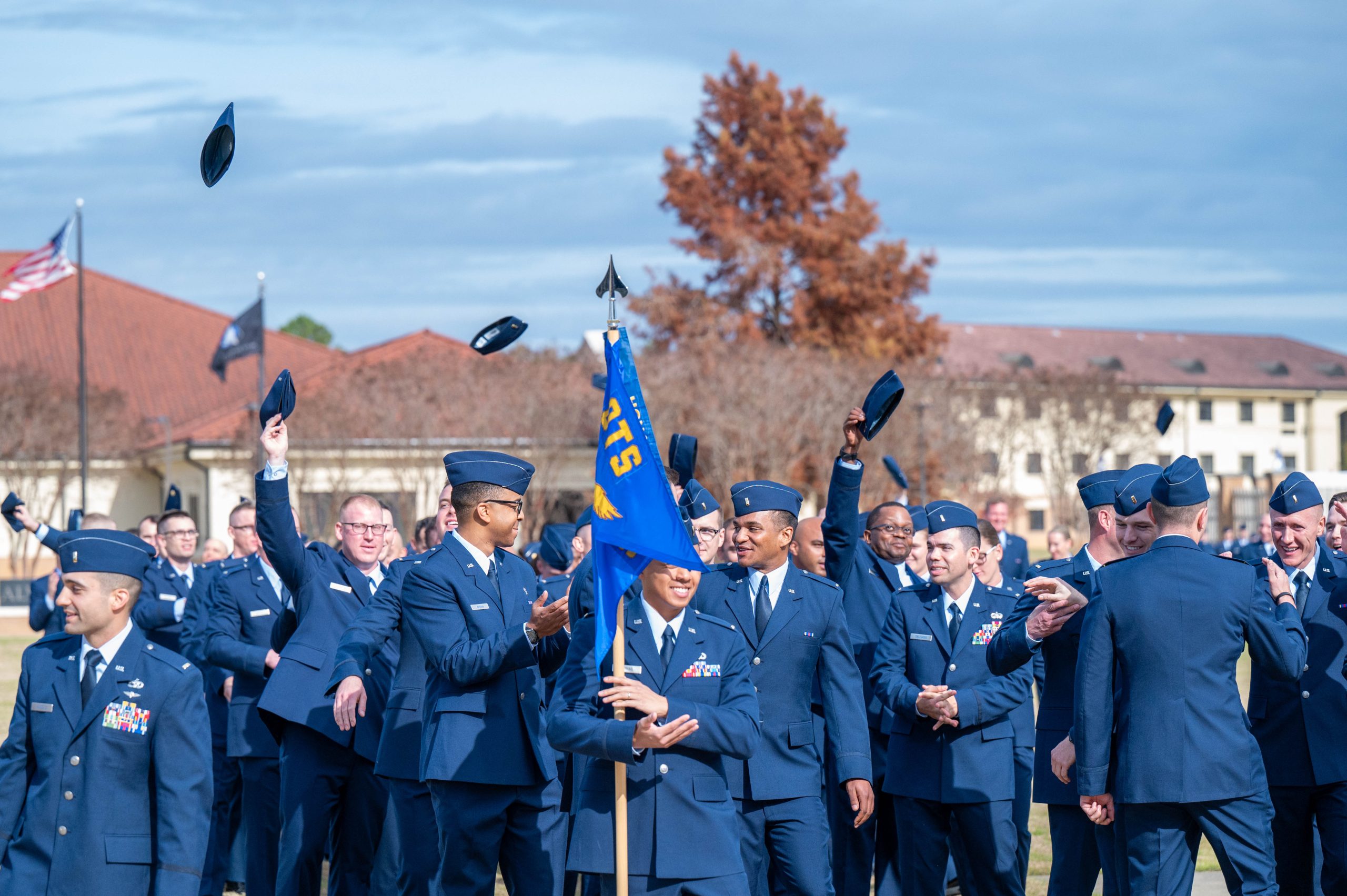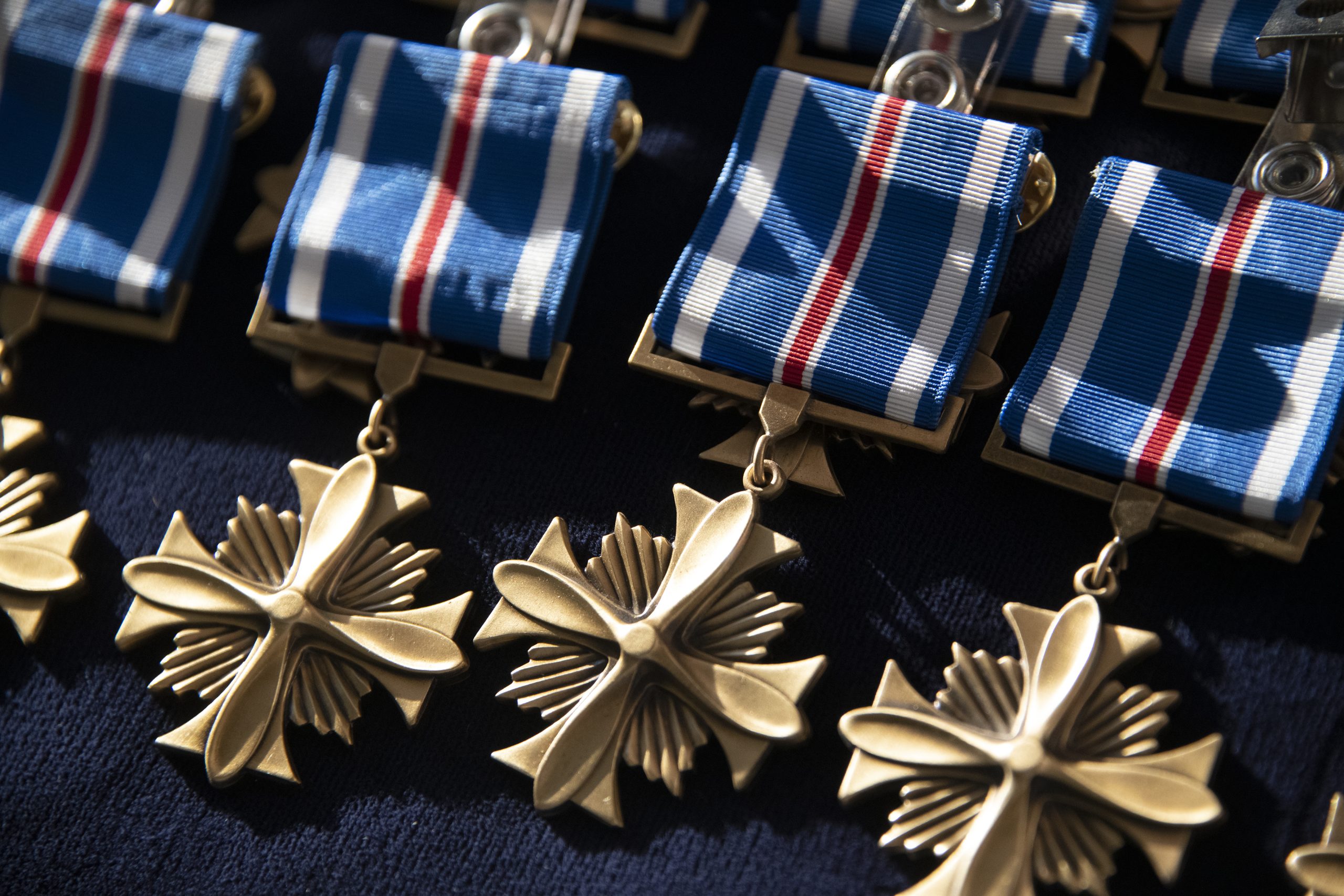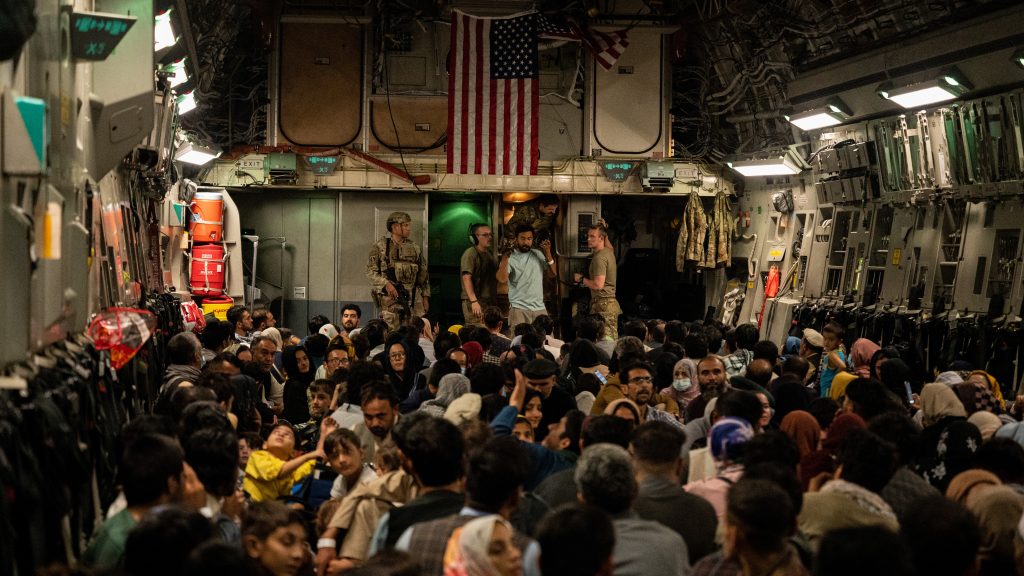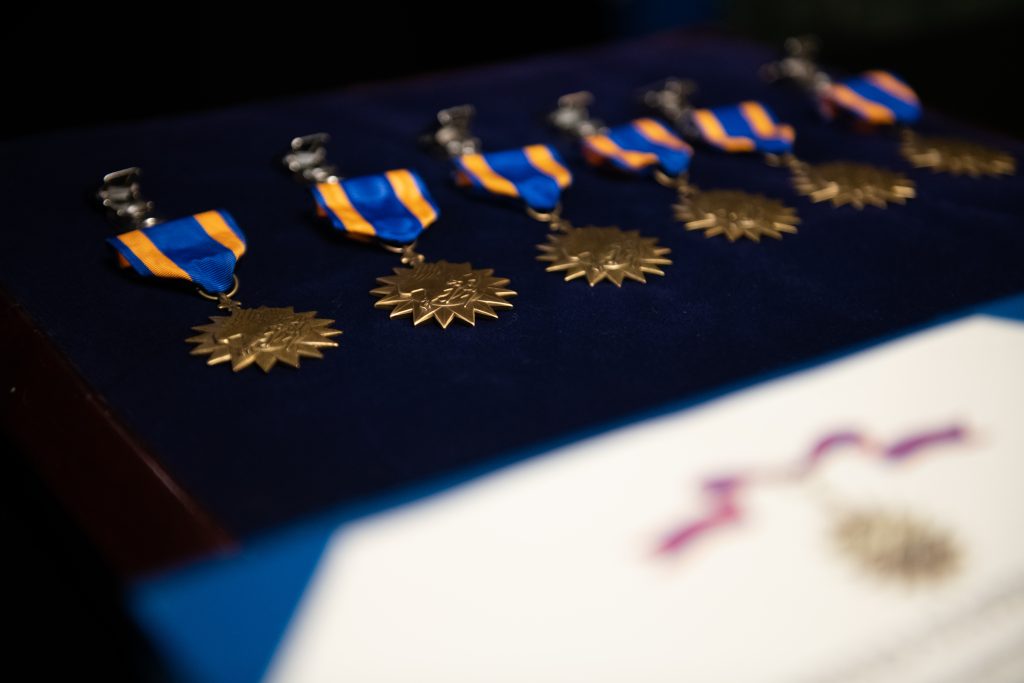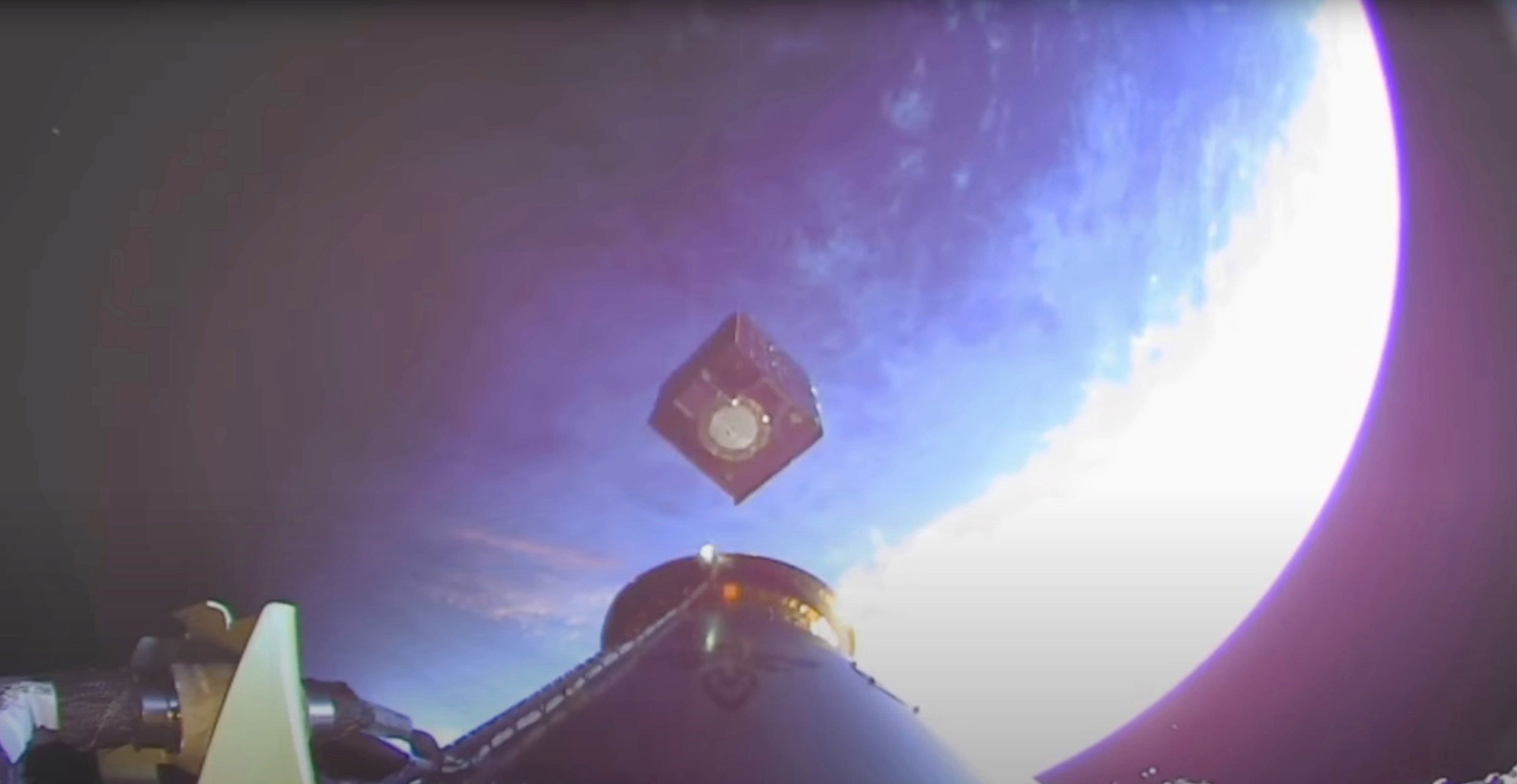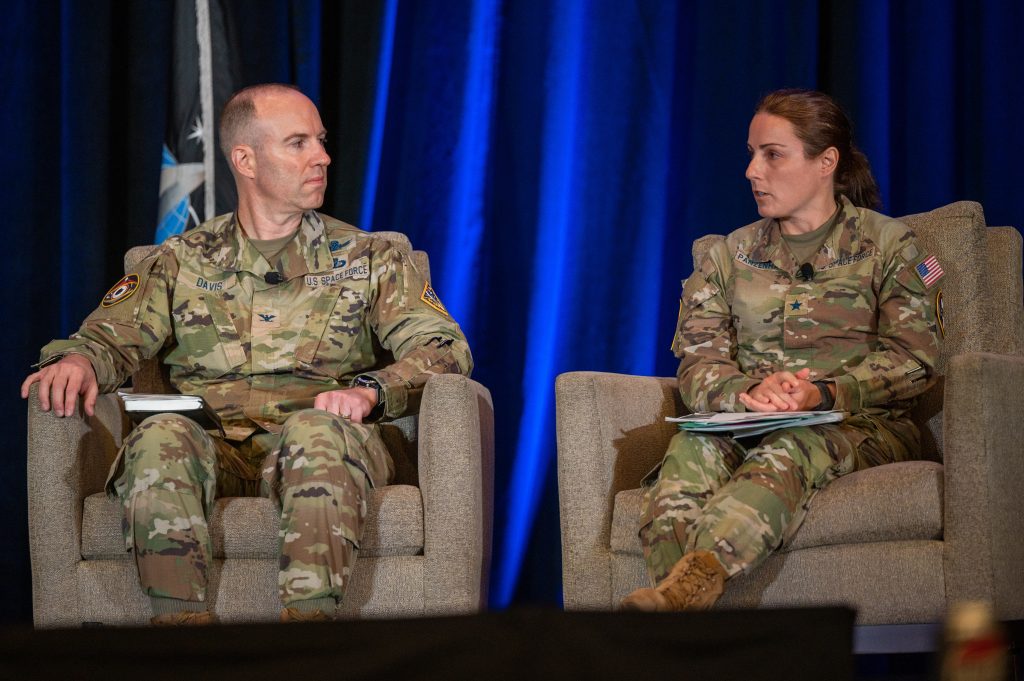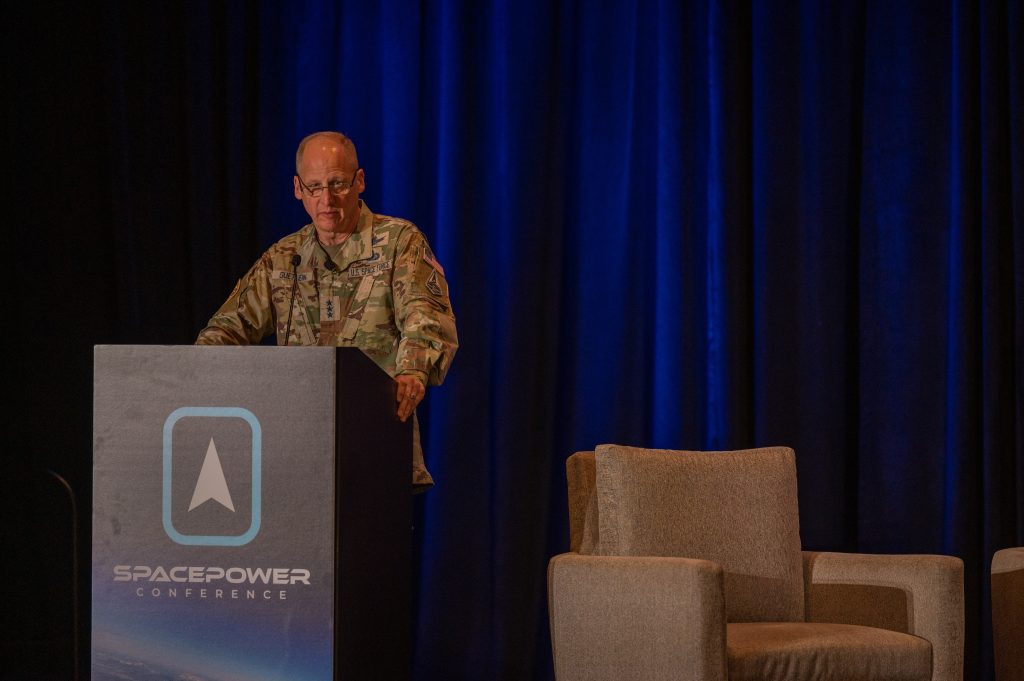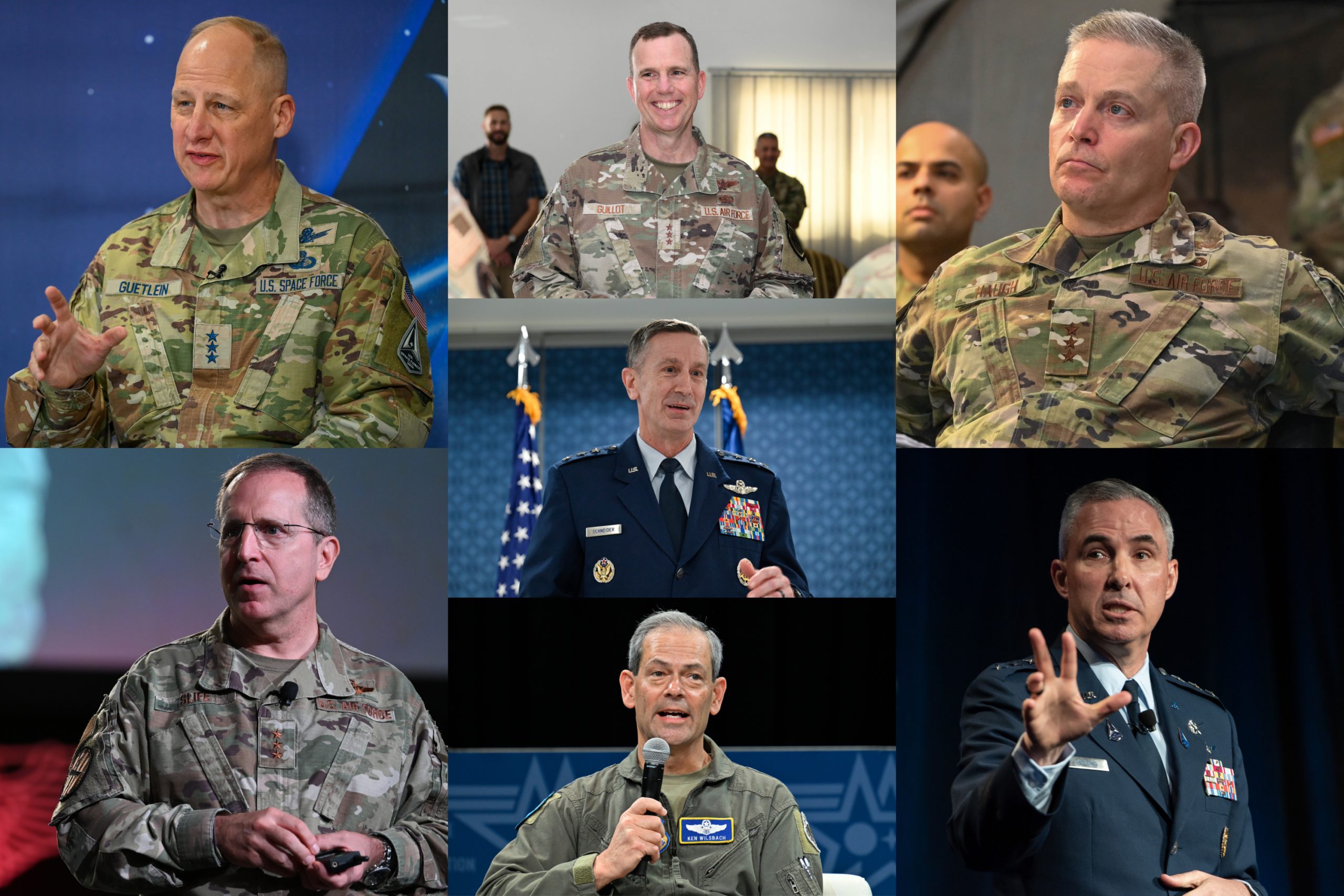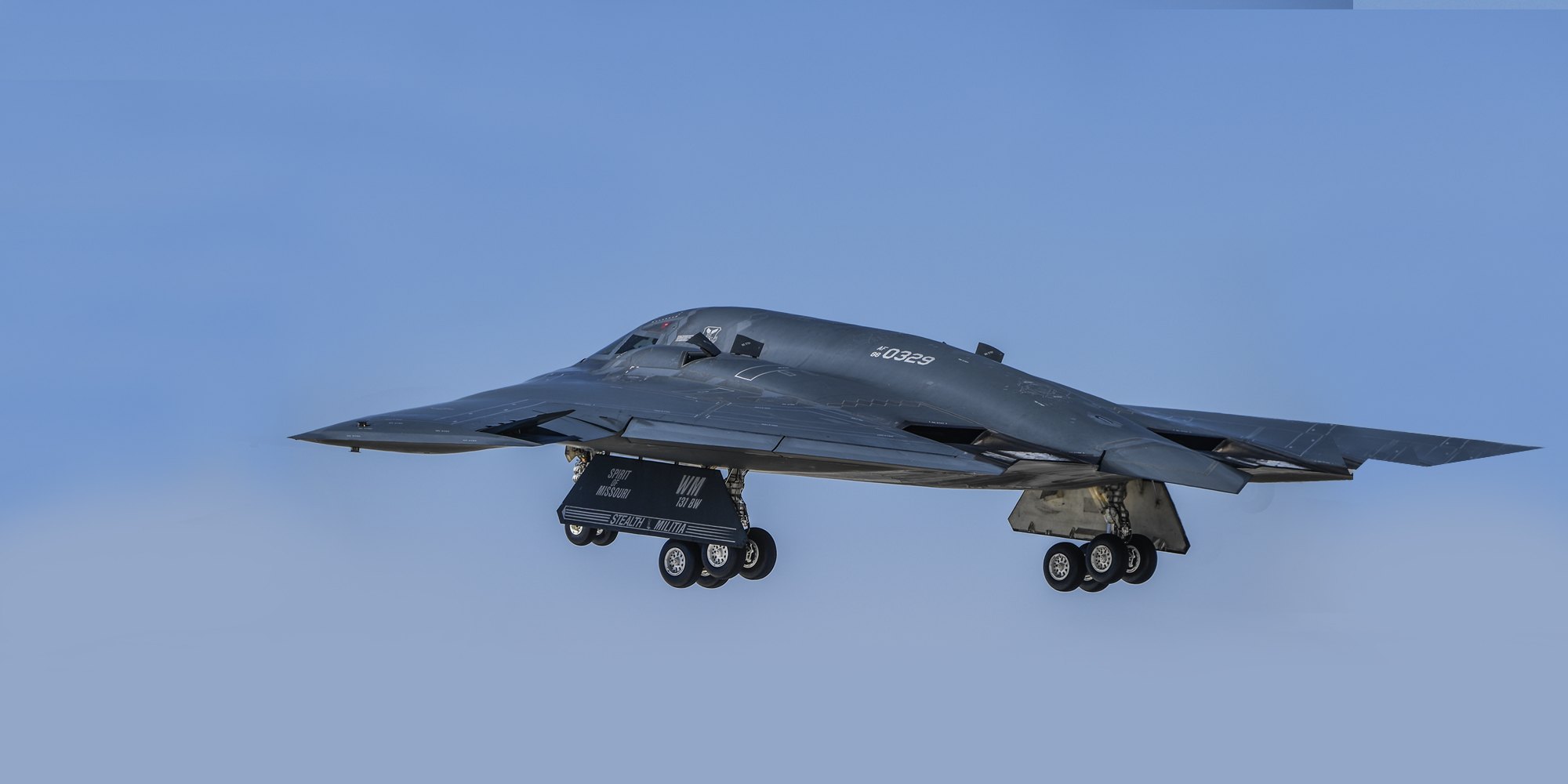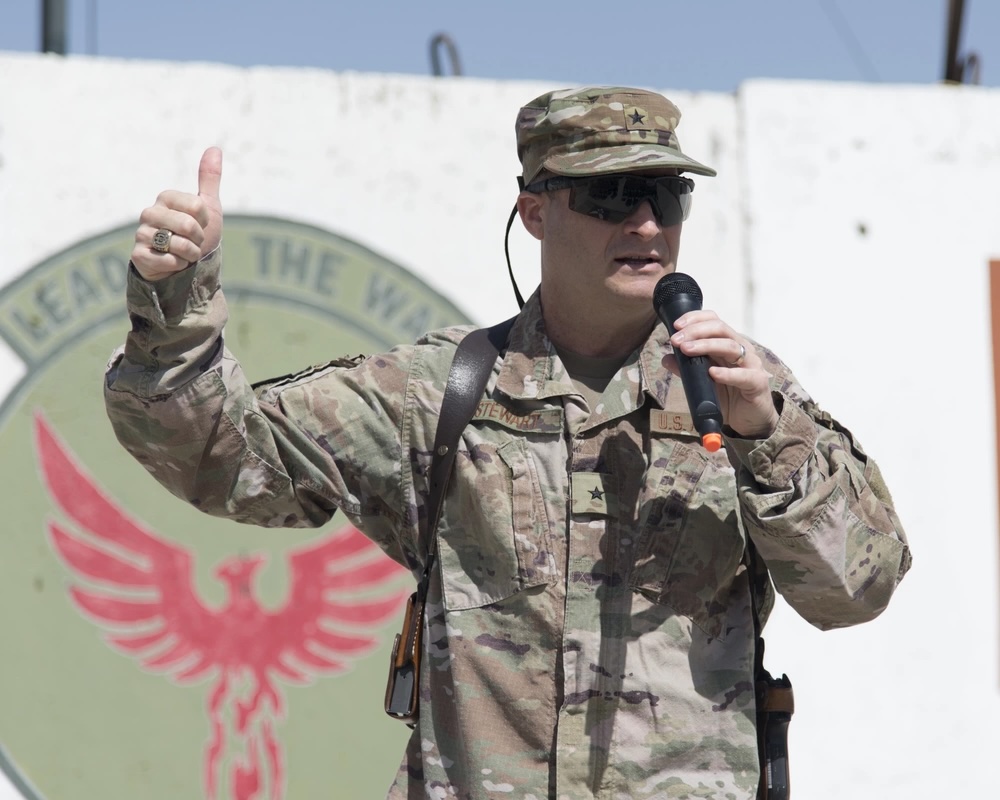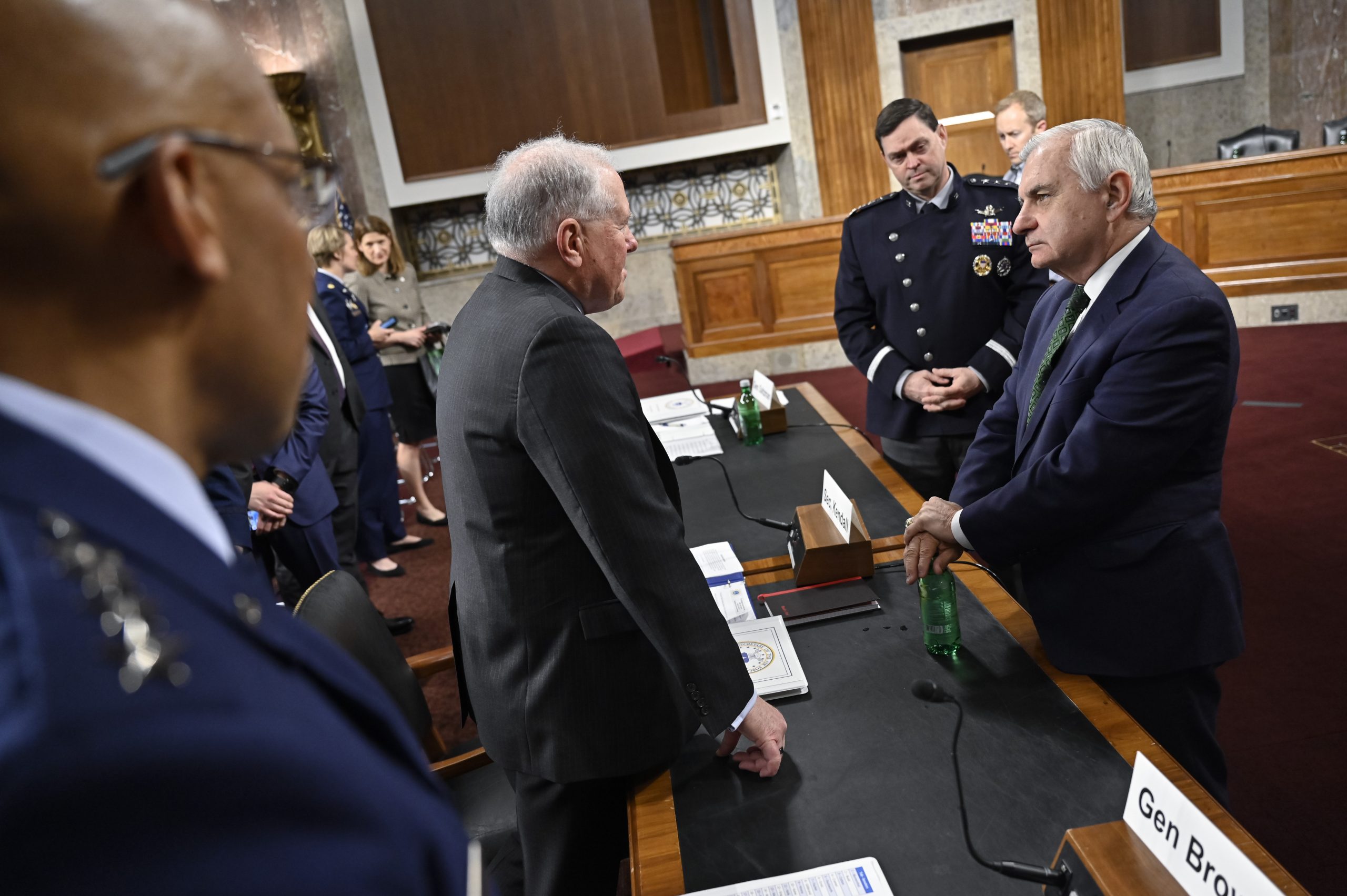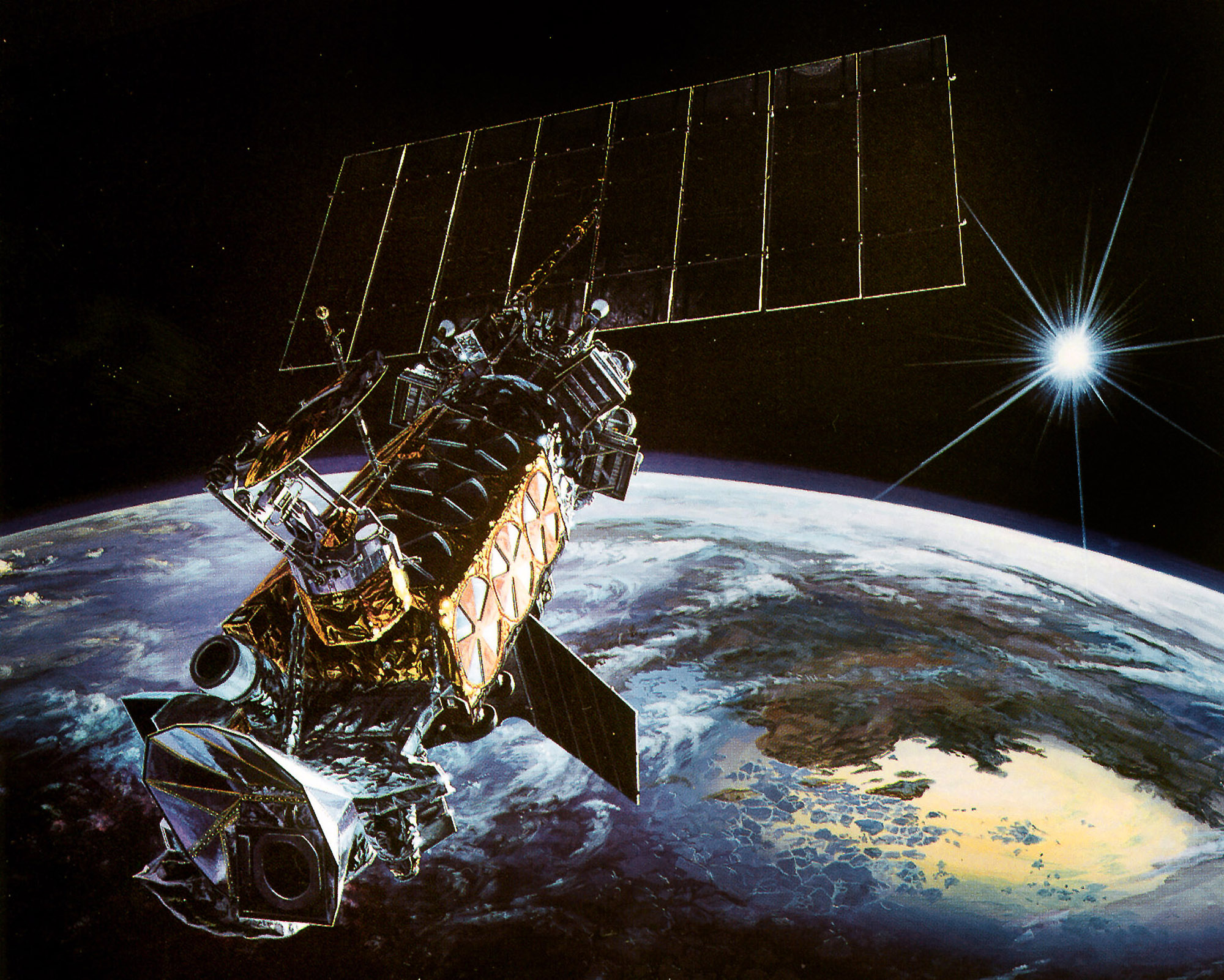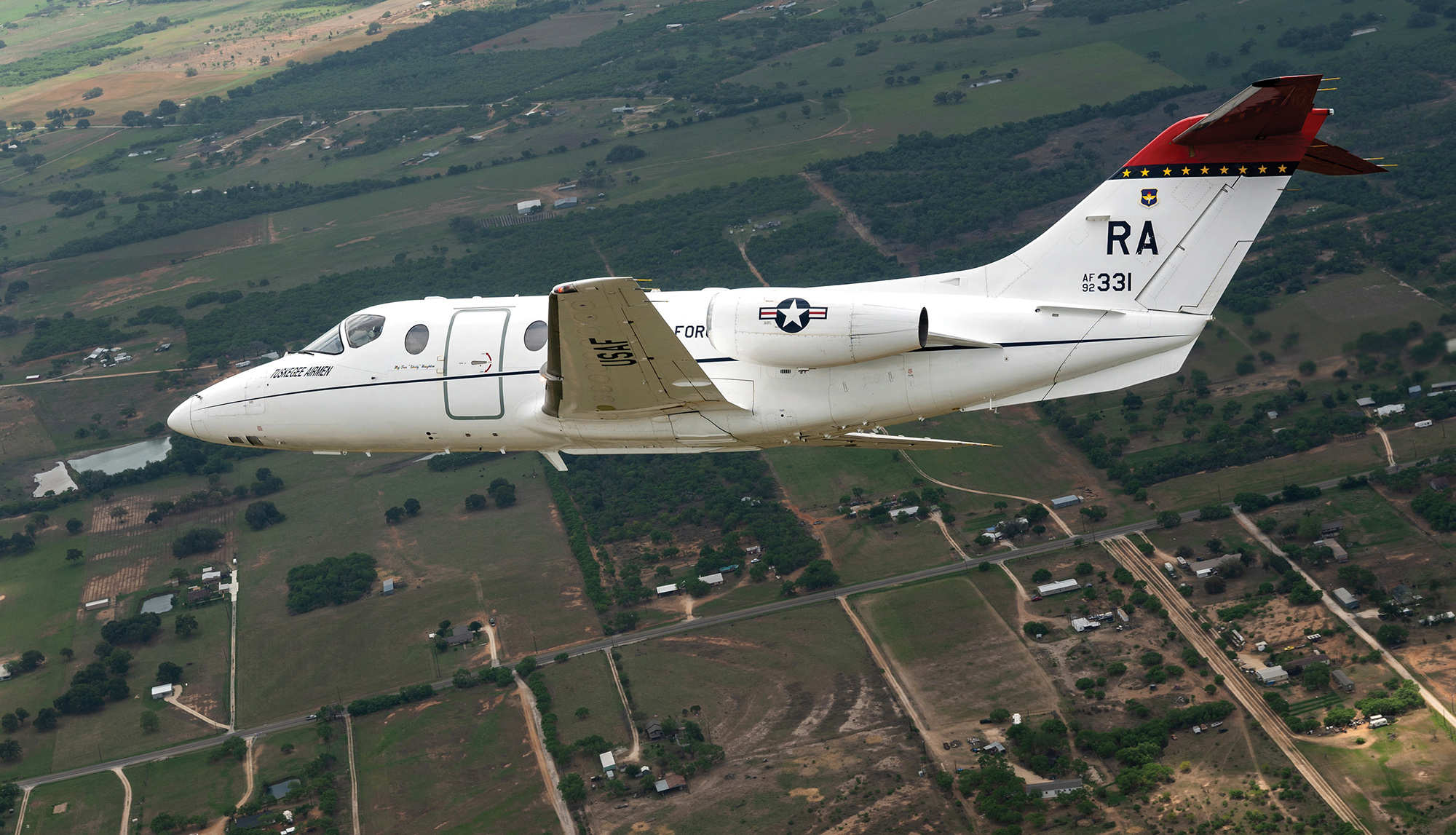The revamped version of Air Force Officer Training School, OTS-Victory, celebrated the graduation of its first class of 138 officers at Maxwell Air Force Base, Ala., on Dec. 8. And the school is already gearing up for another graduation Dec. 22, according to Air University spokesperson Lt. Col. William Russell—reflecting OTS’s shift to more classes with smaller sizes.
OTS transforms civilians or prior enlisted individuals with college degrees into officers in a 60-day program, far quicker than the years students spend at the Air Force Academy or in the Reserve Officer Training Corps.
In October, OTS shifted to a new model, branded OTS-Victory, a move then-deputy commandant Col. Derrick Iwanenko described as “the most transformational change in the history of OTS.”
Instead of five classes per year, each with around 500 officers, the OTS-Victory model is for around 20 classes per year, each with fewer than 175 trainees. This shift streamlines scheduling for trainees and instructors, providing increased flexibility for stakeholders and reducing candidate waiting times.
Currently, 18 classes are scheduled for fiscal 2024 for OTS-V. Once the officers graduate, they go to follow-on training for their respective career fields in the Air Force and the Space Force, Russell noted.
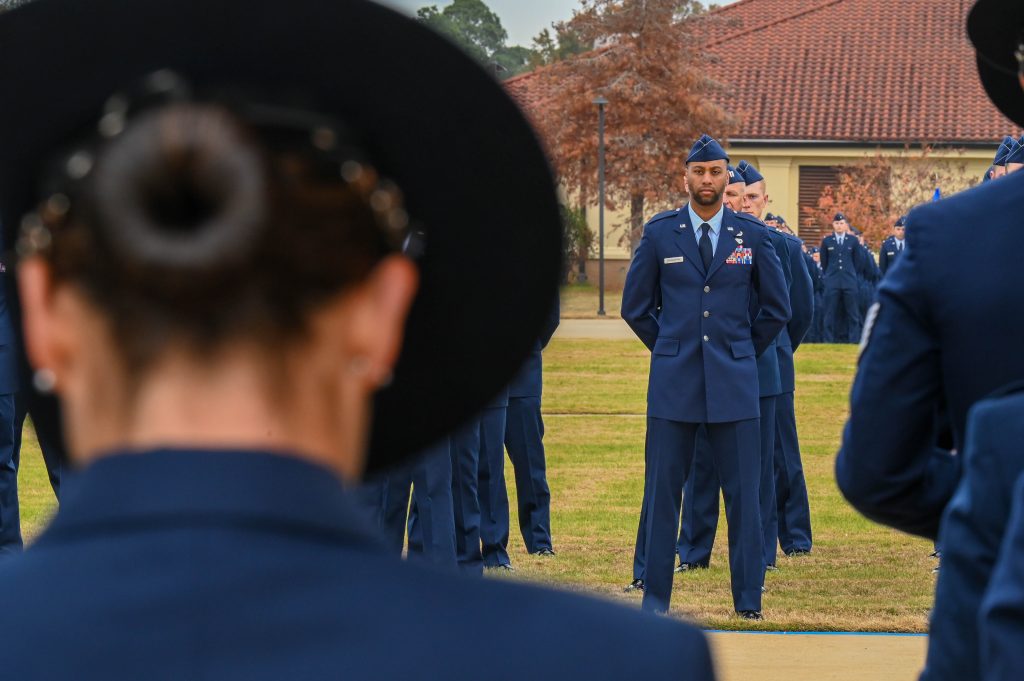
OTS-Victory prioritizes hands-on experiences, enhances joint conflict training, and expands capacity for officer training during crises. Its curriculum has five modules, with the first one covering military basics and the next two delving into Air Force structures, wargaming, and basic leadership. Module four readies trainees for a 60-hour, 28-day field exercise named Mission Command Experience (MCE), equipping them for leadership in challenging scenarios. The last module explores conflict concepts like anti-access/area denial and rapid mobilization. Trainees then participate in the Commandant’s Challenge, testing skills acquired over the 60-day course.
“All of it has changed to produce a better warfighter,” said Iwanenko, who recently assumed command as OTS commandant in a Dec. 15 ceremony. “For the first time, we’re a competency-based course, executing Mission Command Experiences. Within our condensed timeline, nobody is executing the level of reps and sets we’re able to induce for the trainees through Mission Command.”
The updated structure means there are up to five classes going at any one time in different training stages. The staggered schedule designates trainees in modules four and five as ‘upper class,’ allowing them to mentor those in the lower modules.
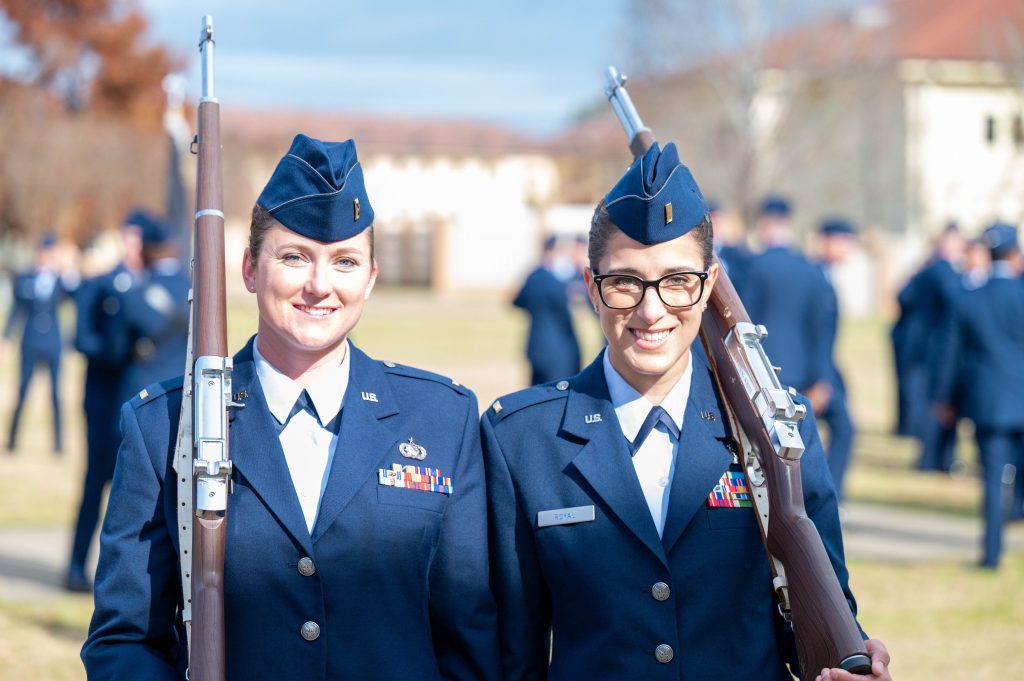
The new environment promotes continuous improvement, feedback, and growth, said outgoing OTS commandant Col. Keolani Bailey.
“I’m extremely grateful and honored to have had the privilege to serve and to be a part of our OTS transformation,” Bailey said in a release.
“I am also thankful for the officer trainees who invest their best to develop themselves, their peers, and our staff as we continually improve to become the premier leader development institution within the profession of arms.”
